Prader Willi Syndrome Imprinting
Prader willi syndrome imprinting. Prader-Willi syndrome PWS is a genetic condition that affects many parts of the body. Infants with PWS have severe hypotonia low muscle tone feeding difficulties and slow growth. It was first described by Jérôme Lejeune in 1963.
Inheriting the deletion through the mother gives rise to Angelman syndrome which is characterized by short stature severe mental. In later infancy or early childhood affected children typically begin to eat excessively and become obeseOther signs and symptoms often include short stature hypogonadism developmental delays cognitive. Genotypephenotype correlation in patients with PraderWilli syndrome PWS has still not been fully described.
Es ist nach den Ärzten A. Some people who have the syndrome can function in a normal way while others have symptoms of mental retardation and. The syndrome is a form of the 1q211 copy number variations and it is a deletion in the distal area of the 1q211 part.
The CNV leads to a very variable phenotype and the manifestations in individuals are quite variable. It is the same part of chromosome 15 that is usually affected in people with Angelman syndrome although different genes are associated with the two. This region is located on the q arm of the chromosome and is designated 15q11-q13.
Online Medical Dictionary and glossary with medical definitions p listing. Paternal deletion of chromosome 15q11-q13 DEL 15 n 81 maternal uniparental disomy UPD 15 n 10 excluded DEL 15 UPD 15 or imprinting centre defect UPDID n 30. Its name is a French term cat-cry or call of the cat referring to the characteristic cat-like cry of affected children.
Angelman syndrome may first be suspected in infants due to gross delay of motor milestones andor speech delay. Beim Prader-Willi-Syndrom kurz PWS handelt es sich um eine relativ seltene genetisch bedingte Behinderung mit körperlichen und geistigen Symptomen. Prader WilliAngelman PWSAS Deletion of the PWS region and AS gene located at 15q11-q13.
Cri du chat syndrome is a rare genetic disorder due to a partial chromosome deletion on chromosome 5. Willi benannt die die Symptome 1956 wissenschaftlich beschrieben.
Its name is a French term cat-cry or call of the cat referring to the characteristic cat-like cry of affected children.
This region is located on the q arm of the chromosome and is designated 15q11-q13. It is the same part of chromosome 15 that is usually affected in people with Angelman syndrome although different genes are associated with the two. The condition affects an estimated 1 in 50000 live births across all ethnicities and is more common in females by a. Some people who have the syndrome can function in a normal way while others have symptoms of mental retardation and. Cri du chat syndrome is a rare genetic disorder due to a partial chromosome deletion on chromosome 5. Sometimes infants with Angelman syndrome who present with feeding difficulties and muscle hypotonia are misdiagnosed as having Prader-Willi syndrome because the 15q112-q13 deletion detected by CGH or FISH was not proven by DNA methylation analysis to be of maternal origin. It was first described by Jérôme Lejeune in 1963. In later infancy or early childhood affected children typically begin to eat excessively and become obeseOther signs and symptoms often include short stature hypogonadism developmental delays cognitive. Paternal deletion of chromosome 15q11-q13 DEL 15 n 81 maternal uniparental disomy UPD 15 n 10 excluded DEL 15 UPD 15 or imprinting centre defect UPDID n 30.
Prader-Willi syndrome is caused by a loss of active genes in a region of chromosome 15. Online Medical Dictionary and glossary with medical definitions p listing. It was first described by Jérôme Lejeune in 1963. We retrospectively analysed data of 147 patients and compared groups according to genetic diagnosis. The syndrome is a form of the 1q211 copy number variations and it is a deletion in the distal area of the 1q211 part. The condition affects an estimated 1 in 50000 live births across all ethnicities and is more common in females by a. Prader WilliAngelman PWSAS Deletion of the PWS region and AS gene located at 15q11-q13.
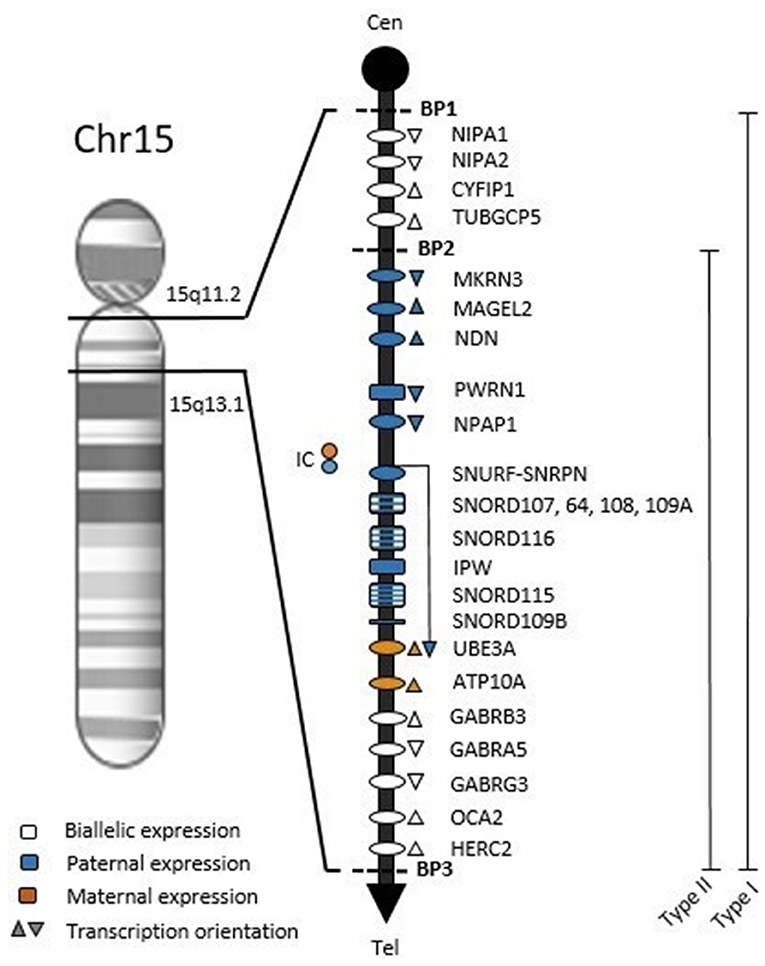
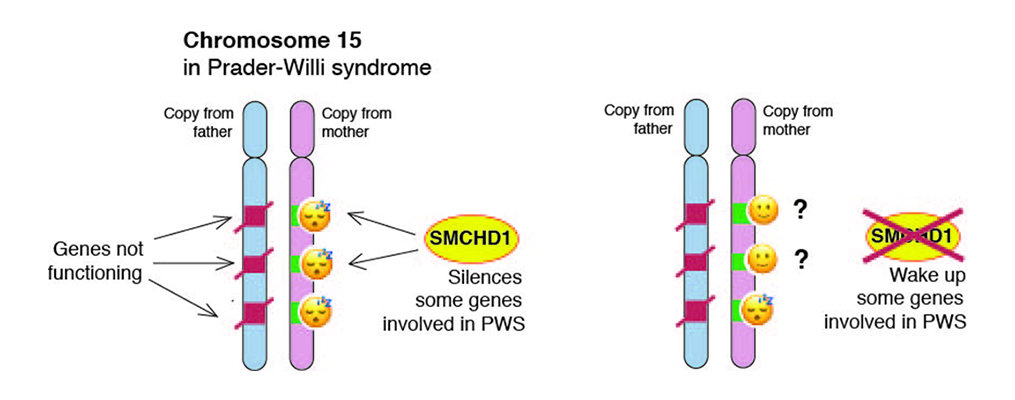
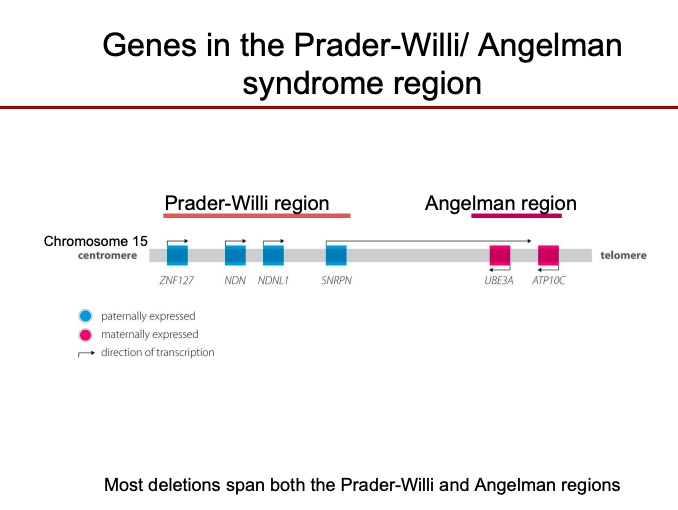
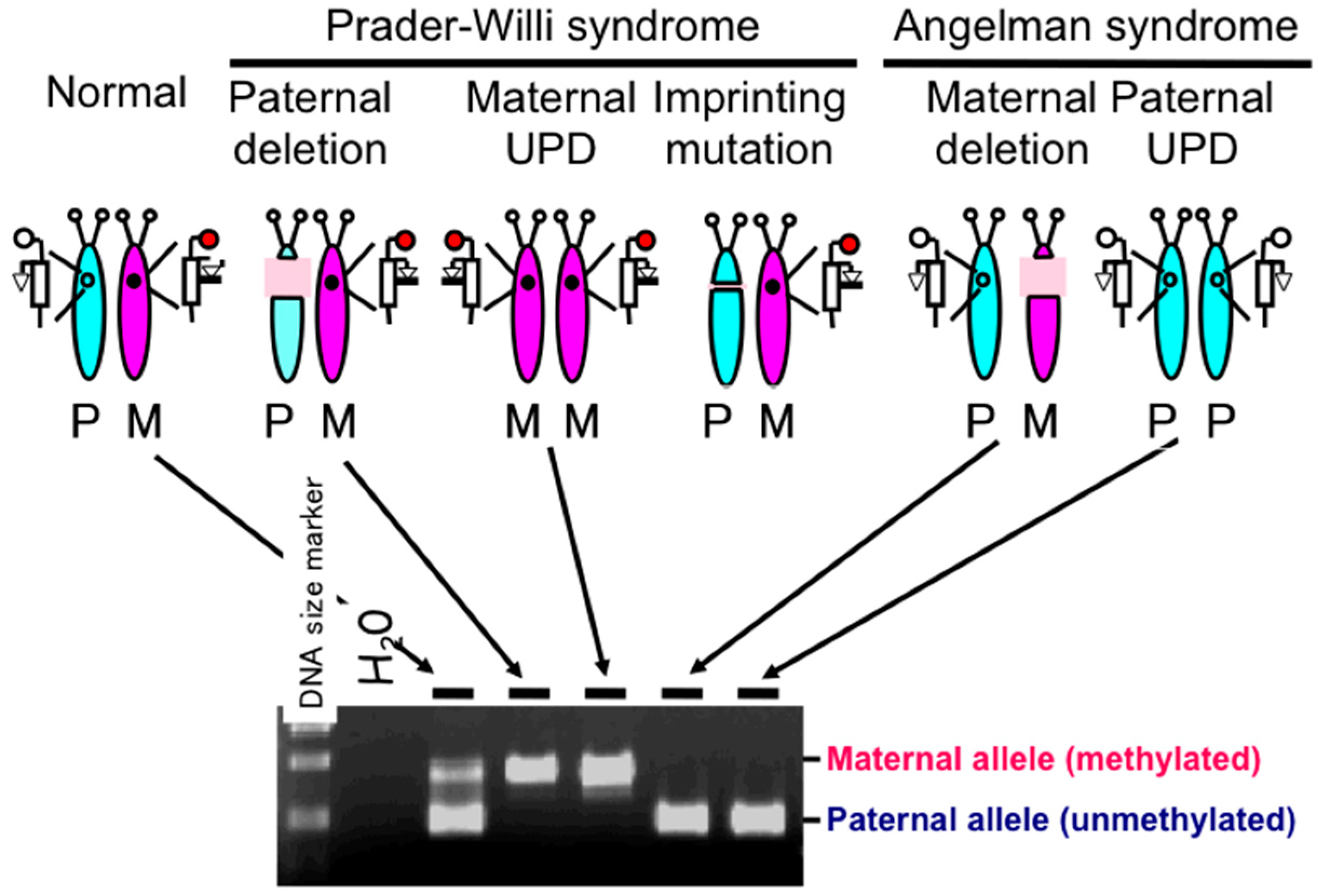












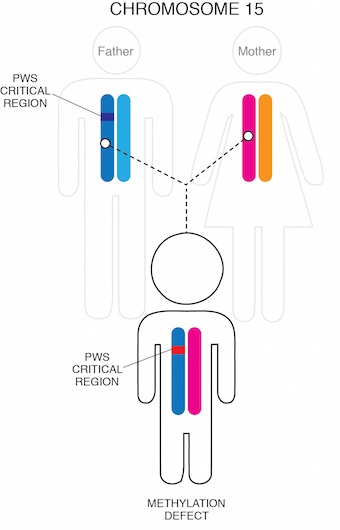


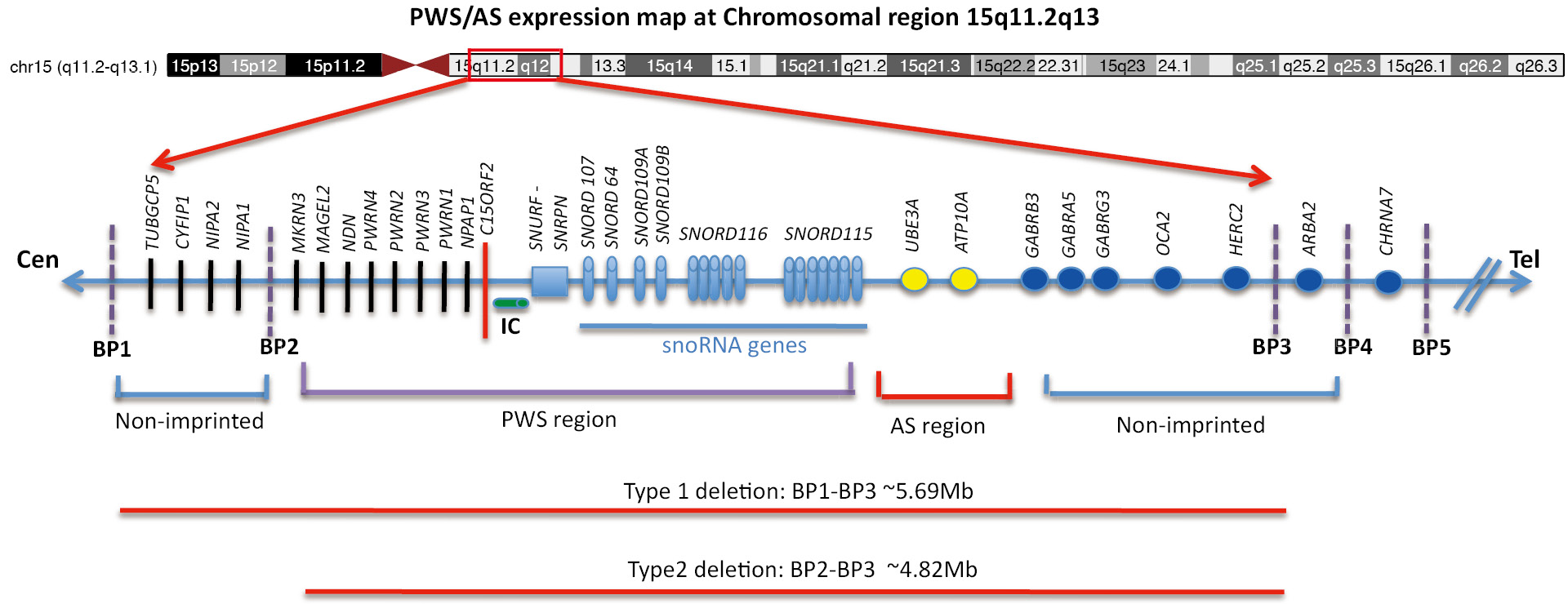

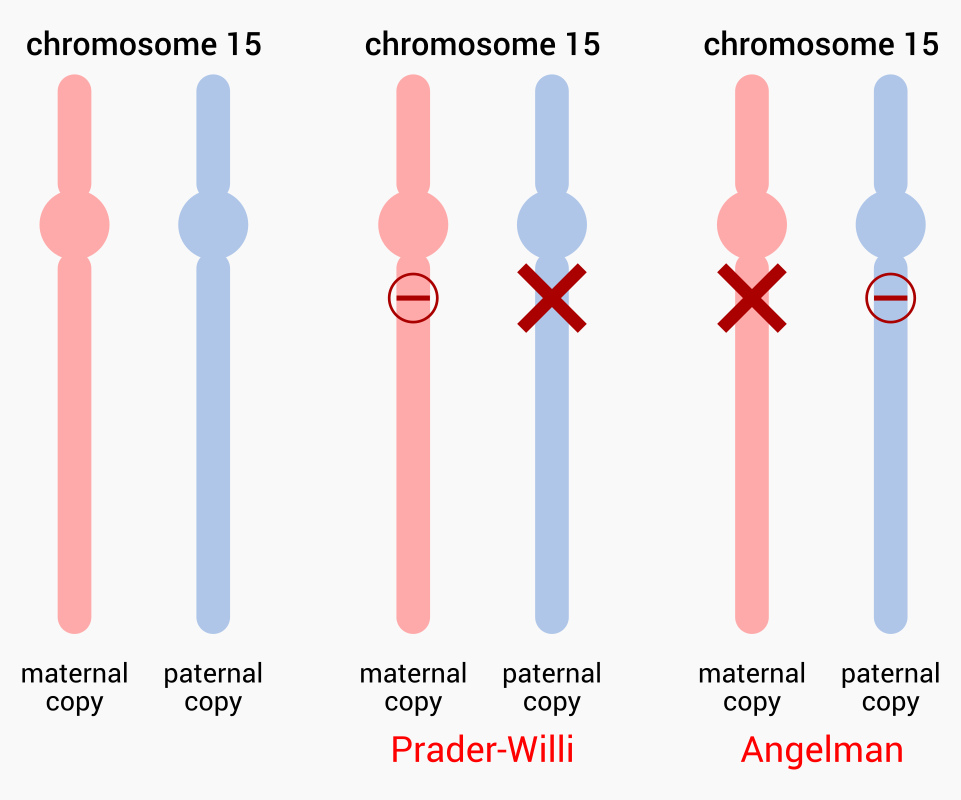
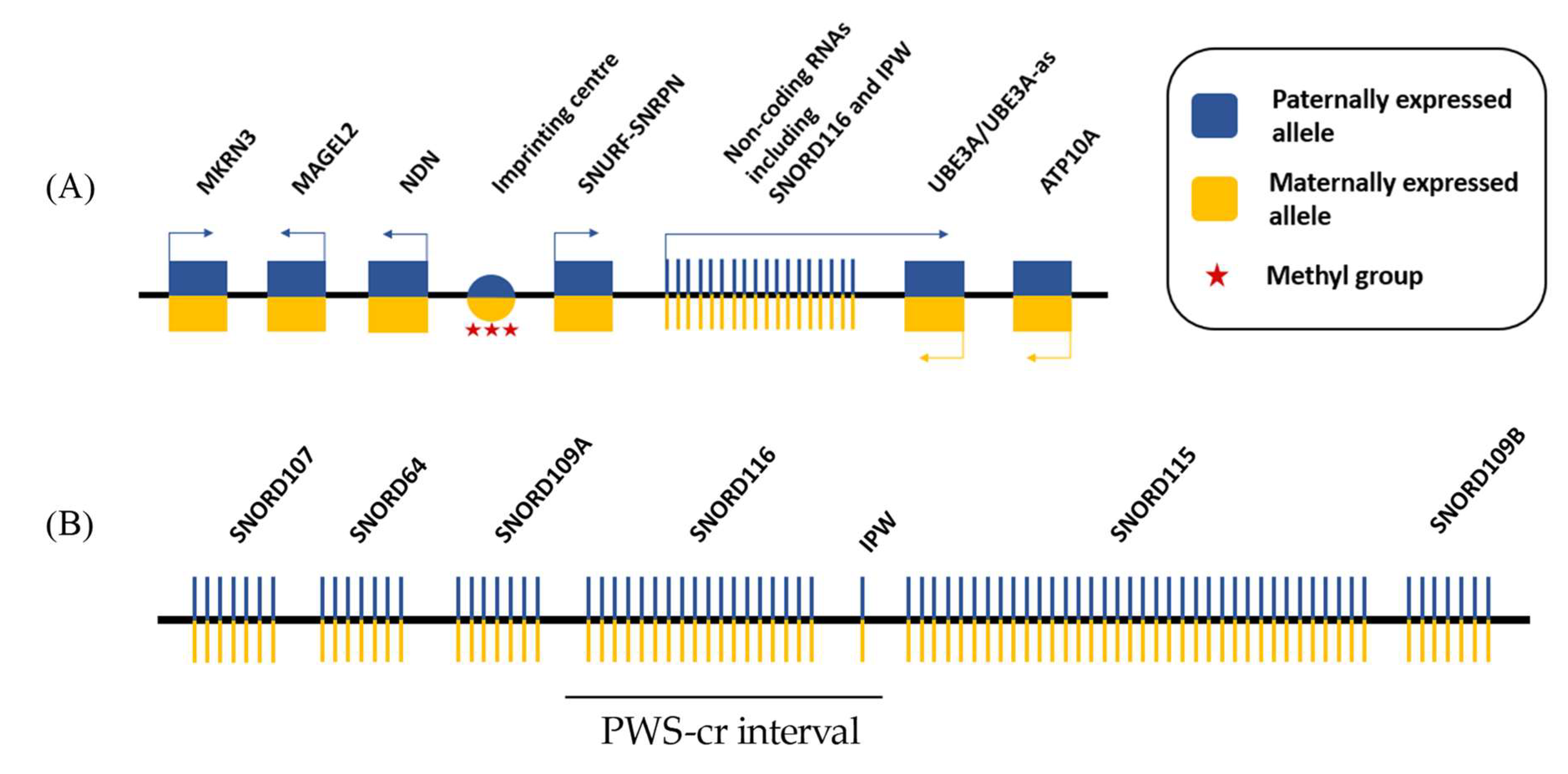
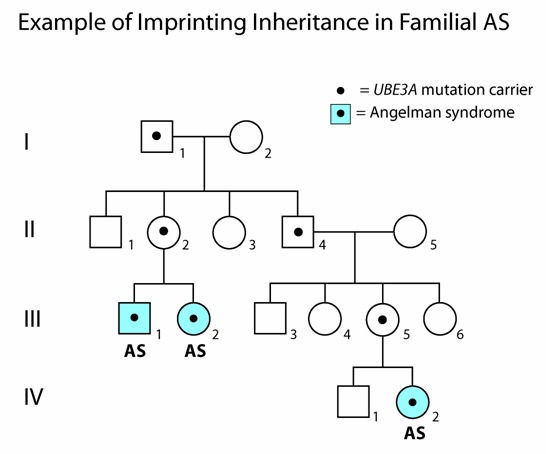

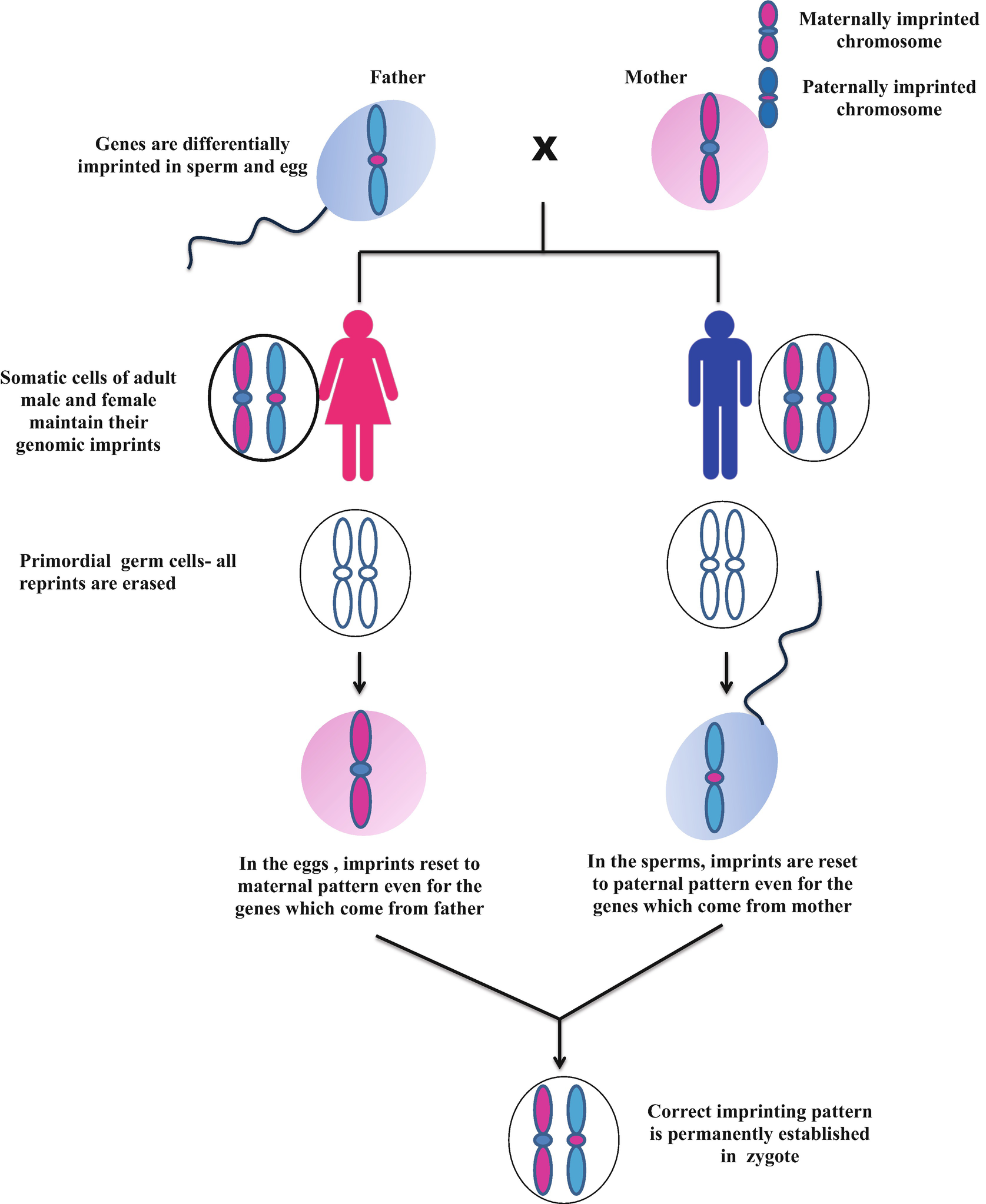

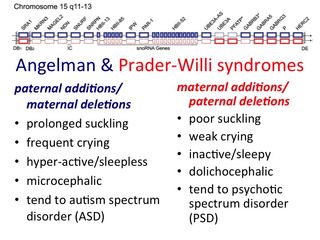




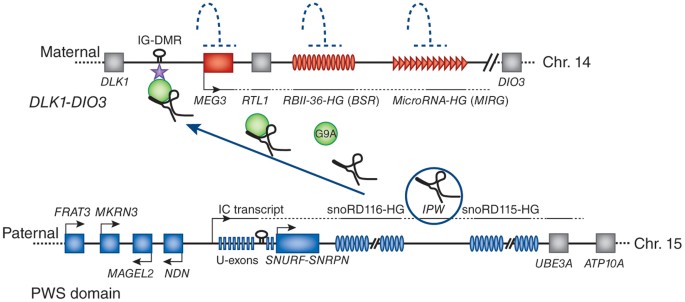
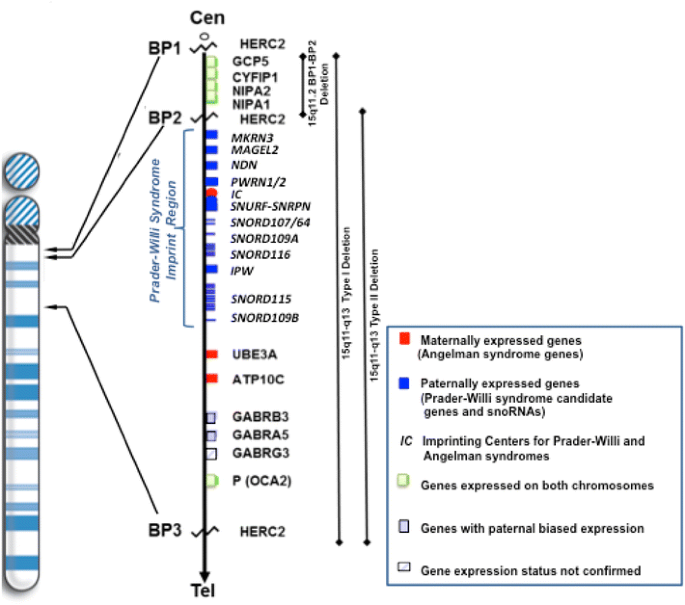

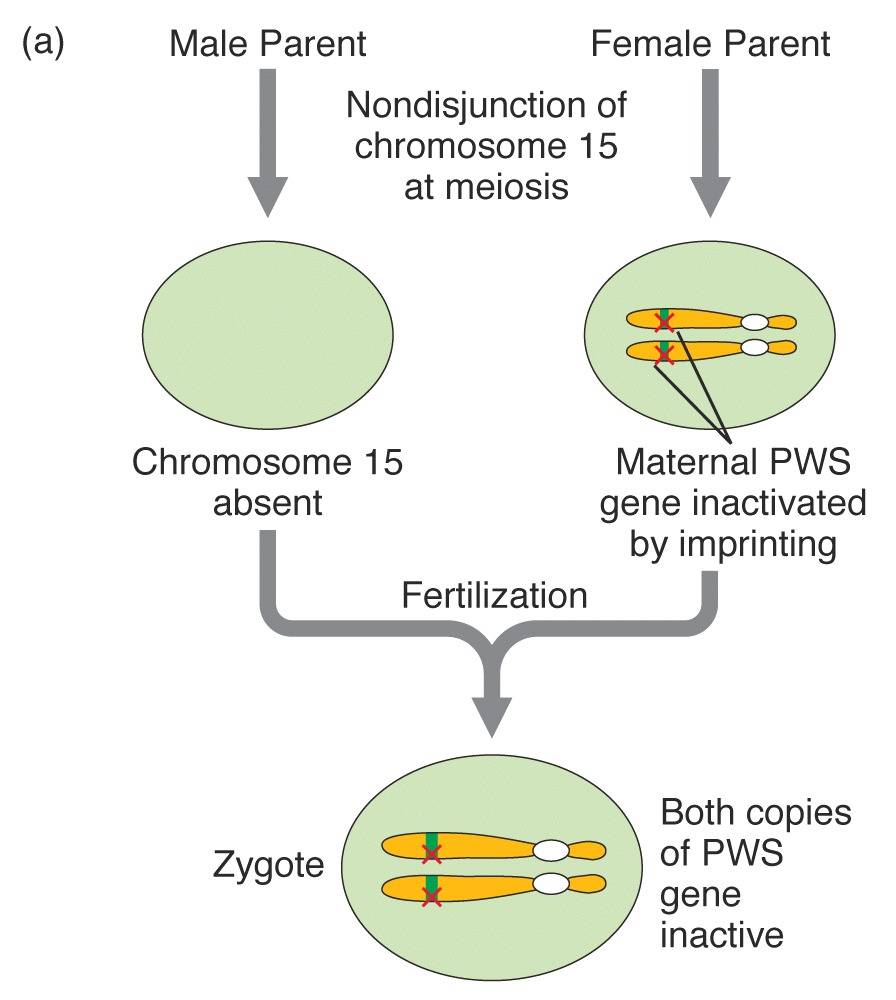






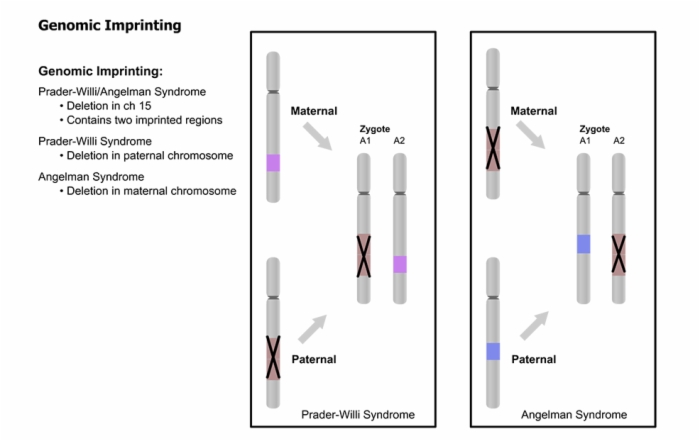
Post a Comment for "Prader Willi Syndrome Imprinting"